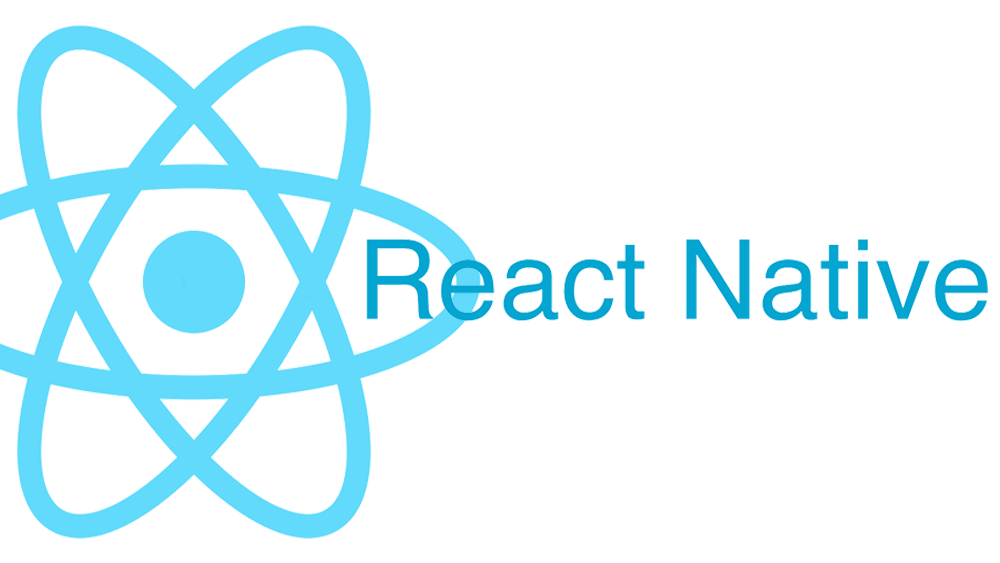Recently updated on March 25, 2024
Want your software product to reach the widest audience possible on the maximum number of devices? Want to make your application cross-platform? Get yourself ready to be intimidated by the number of OPTIONS; they are many. This article will help you figure out where to start with cross-platform software development.
If you want to go develop an application for both, Android and iOS, most likely you will choose between:
- Going native for every platform you want to target
- Cross-platform apps developed with special frameworks: React Native, Xamarin, Flatter, etc.
- Developing mobile websites using HTML/CSS/JS
There is no ultimate go-to option: each one has its advantages and disadvantages. However, it is possible to find the most suitable variant depending on the context, budget, and requirements.
1. Going Native

Native development is when an application is being developed using a technology stack that is native to a targeted mobile platform. For example, Objective-C and Swift are native to iOS, while Java and Kotlin – for Android. Using native development means that an application will be able to run only on a platform for which it was developed. Therefore, if you want to target more than 1 platform with native development, you need to develop more than 1 application using different technology stacks.
Why develop two separate applications if you can develop only one using a cross-platform approach? The answer is simple – cross-platform development has some serious disadvantages in comparison to the native one. These disadvantages of the cross-platform development are:
- Limited user experience. Not only cross-platform development creates performance issues but can induce behavioral differences between Android and iOS versions of applications that would be difficult to manage on the same code base.
- Complications of developing custom features, which takes way longer than during native development. Those custom features may include payment gateways, integration with Apple systems (e.g. Apple Health), camera features, and so on.
- Risk of changing cross-platform approach midway if the application gets too complicated to maintain or if unpredictable complications arise.
- The risk to stop supporting and updating applications due to the above-mentioned reasons.
- Team extension issues. On average, an experienced React Native engineer is more expensive than Native iOS or Android developer and less prevalent.
Think about it this way: you can use a hammer and nails to make a wooden fence, but it is much more efficient and reliable to use screws and an electric screwdriver even though the latter one is more expensive.
2. Cross-Platform Development

However, sometimes hummer and nail prove to be irreplaceable. Cross-platform development has its benefits in case of a tight budget or if a product is not complicated. The advantages of the cross-platform approach are
- Quicker development. You create only one app and then share its code with required operating systems and make adjustments where required.
- It is cheaper. You need fewer developers and overall time in production is shorter as well.
- It is easier to update or make changes to the application. Testing time is reduced too as it is simpler to test a smaller codebase.
- More compact team. You need fewer developers to program a cross-platform application. A smaller team is easier to manage.
As far as, for some startups and small companies the budget issue is a crucial one, cross-platform development is a go-to option for them.
3. Comparison of the Cross-Platform Frameworks
If you decided that going cross-platform suits your requirements the best, the next step is to choose a framework to work with. The most prevalent frameworks for cross-platform development are Xamarin, React Native and Flutter. Each of the frameworks has its advantages and disadvantages. However, you should remember that each one of them inherits the cons of the cross-platform development that were mentioned before.
Xamarin

Xamarin is a .Net-based cross-platform framework that consists of 3 components:
- Xamarin Platform. The crucial part of the framework that provides encryption, authentification, virtual machines, APIs, etc.
- Xamarin Cloud. Grants an automated testing platform.
- Xamarin Insights. A monitoring tool that allows tracking crashes and errors.
Xamarin’s Pros
- Allows creating apps performance of which is relatively close to native apps. A C# programming language that is used in Xamarin is a staple in the world of mobile development and provides the tools necessary to develop high-performance programs.
- Compatible with various native hardware components, which positively affects user experience.
- Supports Model-View-View-Model and Model-View-Controler architecture patterns, which are good for creating separate processes with the same codebase and separating application’s logic from presentation respectively
- Allows applications working offline.
Xamarin’s Cons
- Long startup and download times. When developing with Xamarin, there is a need to link the reference code between operating systems and .Net frameworks, which results in longer startup and download times.
- Difficulties finding experienced Xamarin developers for application support. Even though.Net developers are many, Xamarin requires additional knowledge of native mobile development. As far as not many developers enjoy learning two different paradigms of programming, finding appropriate employees may be difficult.
- Native code is still required. Regardless of the cross-platform capabilities of Xamarin, developers will still need to write code for platform-specific requirements. Such an approach requires experienced “hybrid” developers and results in hefty files, which undermines the performance of the app.
React Native

React Native is an open-source cross-platform development framework. With react, a developer can create cross-platform applications using Javascript.
React Native’s Pros
- More simple development. With react, developers use a declarative programming approach, which implies that a programmer should only outline what an application should perform and how it should be done. On the other hand, native development requires an imperative approach, which implies that developers should strictly define the sequence of action that describes how the application should work. Unlike the imperative approach, the declarative one results in simpler code that is easier to maintain.
- Supports modular architecture. It means that with React it is possible to separate code into different independent blocks, which results in simplified updating and maintaining of the product.
- An assortment of libraries and solutions. React exists for a while now and has a rich legacy. There are a lot of tools that help to automate some routines or quickly solve a typical task.
- A lot of third-party APIs and libraries for React.
- React allows developers to immediately see changes to the code they commit as soon as they are saved.
- Big community. There is a huge online community of developers around React, which means that it is easy to receive answers to urgent questions and find solutions to technical issues.
React Native’s Cons
- Performance issues. The more an application should interact with the hardware of a device the worse app’s performance gets. The reason for this is that there is a Javascript layer between the app and the device’s hardware, and each time an application wants to interact with hardware it should communicate with hardware via that layer.
- It is borderline impossible to create complicated and high-performance applications with Reactive.
- Keeping up with the system’s updates. iOS and Android are constantly evolving. If you want an app to stay relevant, you need your app to keep up with this evolution. However, it is difficult to achieve with React Native due to the reasons mentioned above.
Flutter

Flutter is a cross-platform framework developed and supported by Google.
Flutter’s Pros
- Performance. Unlike React Native, Flatter does not use any intermediaries to communicate with native hardware. Therefore, with Flutter, you can create complex high-performance applications.
- Flutter allows developers to immediately see changes to the code they commit as soon as they are saved too. However, with Flutter, developers do not need to restart the application to observe changes.
- Flutter has a set of widgets that are compatible with Android and iOS. It means that updates to Android’s or iOS’s widgets would not undermine or break Flutter’s applications.
- With Flutter, every element of the UI’s layout is a widget. Such an approach greatly improves optimization capabilities and makes the layout easier to handle and customize.
- Despite its young age, Flutter has a lot of ready-to-use solutions too.
Flutter’s Cons
- Flutter’s applications are relatively large because of the absence of a layer between native hardware and the framework.
- Flutter is a young framework, which means that its online community is not that big, and its future is not crystal clear.
- A decent chunk of third-party services still does not support Flutter because of the framework’s young age.
Here you have some of the most popular tools for developing cross-platform applications. Which option is the best depends on the budget, business requirments, and complexity of an application? In any case, a software development company will help you choose the most relevant and efficient approach.




